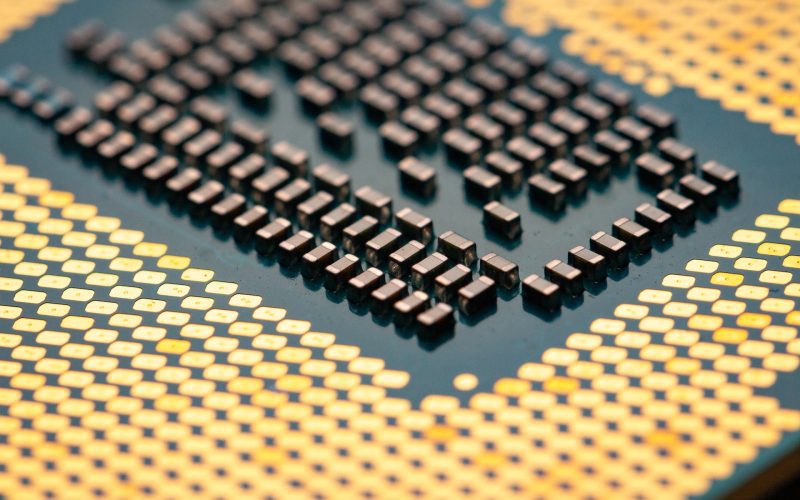The development of technology has allowed for massive amounts of data to be generated and processed on a daily basis. However, traditional methods of processing data through cloud computing have limitations, including latency and bandwidth issues. As a result, there has been a push to bring processing power closer to the source of the data, leading to the development of computing at the edge.
Computing at the edge is a decentralized approach to computing, in which data processing is done on local devices or edge devices, rather than being sent to a central cloud server. This approach allows for faster processing times, reduced latency, and improved data security.
One area where computing at the edge is becoming increasingly important is in the Internet of Things (IoT). The IoT refers to the interconnectivity of physical devices, vehicles, buildings, and other objects that are embedded with sensors, software, and network connectivity. These devices generate massive amounts of data, which needs to be processed quickly to enable real-time decision making.
For example, in the manufacturing industry, sensors embedded in equipment can generate data about machine performance, which can be analyzed in real-time to prevent breakdowns and optimize production. Similarly, in healthcare, wearable devices can monitor patients’ vital signs, and use edge computing to quickly alert healthcare providers if there is a problem.
Another area where computing at the edge is making an impact is in the development of autonomous vehicles. These vehicles generate vast amounts of data from their sensors and cameras, which need to be processed quickly to enable real-time decision making. Computing at the edge allows for faster processing times, reducing the risk of accidents caused by delayed decision making.
However, computing at the edge also presents challenges, including the need for edge devices to be able to handle complex data processing tasks, as well as the need for secure data storage and communication. As a result, there is a growing demand for specialized edge devices and platforms that can handle these tasks.
One such platform is NVIDIA’s EGX, which is designed to bring AI computing capabilities to the edge. The platform uses NVIDIA’s GPUs to provide high-performance computing power, and can be used in a variety of industries, including healthcare, manufacturing, and transportation.
In addition to specialized platforms, there is also a growing demand for edge computing professionals who have the skills and expertise to manage these systems. As more industries adopt computing at the edge, the need for skilled professionals is expected to grow.
Overall, computing at the edge is a promising approach to data processing that is rapidly gaining popularity in a variety of industries. While there are still challenges to be addressed, the benefits of faster processing times, reduced latency, and improved data security make it an attractive option for businesses looking to leverage the power of technology to gain a competitive edge.












